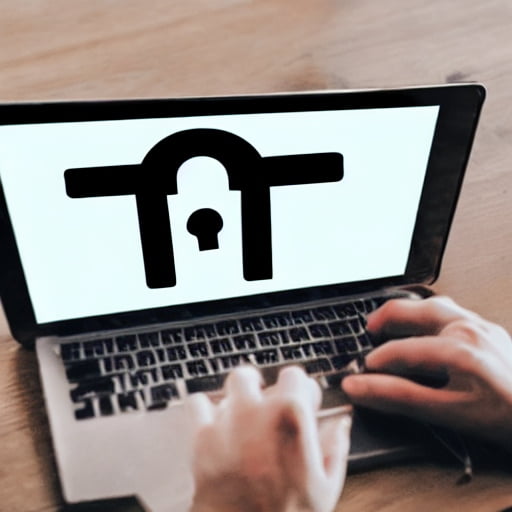Implementing Zero Trust involves a shift in security philosophy
Requires a multi-layered approach. Here’s a detailed breakdown of the key aspects:
Core Principles:
- Never Trust, Always Verify: Continuously authenticate and authorize every user, device, and application trying to access resources. Multi-factor authentication (MFA) is a cornerstone here.
- Least Privilege: Grant users and devices the minimum access rights necessary to perform their tasks. This limits the potential damage if credentials are compromised.
- Micro-segmentation: Divide the network into smaller zones with specific access controls. This minimizes the blast radius of a potential breach.
- Continuous Monitoring: Constantly monitor user activity, device health, and network traffic for anomalies that might indicate an attack.
Implementation Steps:
- Planning and Assessment:
- Define your Zero Trust strategy, outlining goals and resources.
- Conduct a thorough security assessment to identify vulnerabilities and critical assets.
- Identity and Access Management (IAM):
- Implement a strong IAM solution for centralized user identity management and access control.
- Enforce MFA for all user access.
- Integrate with Single Sign-On (SSO) to streamline login across applications.
- Device Security:
- Enforce endpoint security measures like anti-malware and data encryption on all devices accessing the network.
- Implement Device Trust Assessment to evaluate device health and security posture before granting access.
- Consider implementing Mobile Device Management (MDM) for centralized control of mobile devices.
- Network Segmentation:
- Segment your network into zones based on security needs. This isolates critical resources and minimizes the impact of a breach.
- Implement firewalls and Access Control Lists (ACLs) to restrict traffic flow between zones.
- Data Security:
- Classify data based on sensitivity and implement data loss prevention (DLP) controls to prevent unauthorized exfiltration.
- Encrypt sensitive data at rest and in transit.
- Continuous Monitoring and Threat Detection:
- Implement Security Information and Event Management (SIEM) tools to aggregate and analyze security logs from various sources.
- Employ User and Entity Behavior Analytics (UEBA) to detect anomalies in user activity that might indicate a compromise.
Remember:
- Zero Trust is a journey, not a destination. It requires ongoing effort and adaptation to evolving threats.
- There’s no one-size-fits-all approach. Tailor your implementation to your specific needs and environment.
For a deeper dive, consider exploring resources from reputable cybersecurity organizations like NIST https://csrc.nist.gov/pubs/sp/800/207/final.

